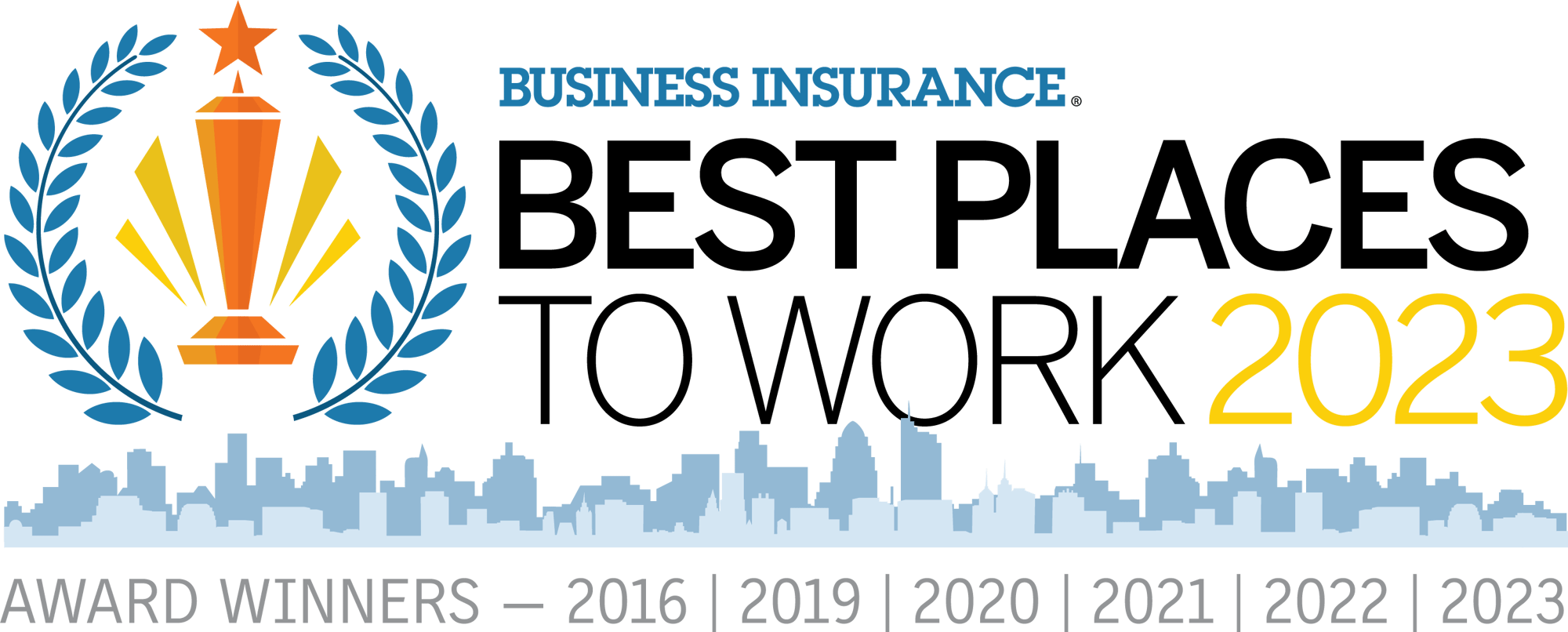In the quest to cultivate a motivated and engaged workforce, it’s essential to strike a balance between intrinsic and extrinsic motivators within your employee benefits package. By understanding and addressing the diverse needs and preferences of individual employees, you pave the way for a more satisfied, productive team that is eager to contribute their best.
Intrinsic Employee Benefits
Intrinsic benefits are the non-financial rewards that employees receive from their work itself rather than from external rewards like salary or bonuses. These benefits are usually related to the personal satisfaction and fulfillment one gains from their employment.
Examples of intrinsic employee benefits:
- Professional Development: Tuition reimbursement, continuing education courses, career advancement opportunities, conferences and workshops.
- Career Advancement: Clear pathways for promotion and growth within the company.
- Mentorship Programs: Access to experienced individuals for guidance and development.
- Flexible Working Hours: Freedom to adjust work hours to accommodate personal needs.
- Remote Work Options: Ability to work from home or other locations.
- Paid Time Off (PTO): Adequate vacation time, sick leave, paid holidays, and personal days to promote well-being.
- Meaningful Work: Engaging in tasks that align with personal values and professional interests.
- Autonomy: Freedom to make decisions about one's work and to have control over how one performs their job.
- Recognition: Regular acknowledgment of effort and achievements, whether through employee awards, service awards, praise, or other forms of appreciation.
- Positive Culture: An organizational culture that promotes respect, diversity, and inclusion.
- Healthy Work Environment: A physical setting that is safe, comfortable, and appealing.
- Team Cohesion: Encouragement of strong, collaborative team dynamics.
- Employee Assistance Programs (EAP): Support services for personal issues, such as mental health, legal matters, or financial planning.
- Health and Wellness Programs: Initiatives encouraging a healthy lifestyle, such as fitness challenges or health screenings.
- Stress Management Resources: Tools and programs to help cope with job-related stress.
Let’s review a few of these intrinsic motivators in greater detail:
Recognition and Appreciation: We understand the importance of acknowledging and appreciating the efforts of employees. Whether it’s through public recognition or private gestures, celebrating employees’ contributions not only boosts morale but also reinforces positive behaviors across the organization.
Personal Development Opportunities: Investing in the growth and development of your employees is key to nurturing their intrinsic motivation. By offering training programs, workshops, and mentorship opportunities, we empower each team member to enhance their skills, explore new horizons, and reach their full potential.
Work-Life Balance Initiatives: Promoting work-life balance is important in supporting the overall well-being of employees. Through flexible work arrangements, wellness programs, and mental health support initiatives, striving to create an environment where individuals can thrive both personally and professionally.
Understanding and enhancing intrinsic benefits can lead to increased job satisfaction, lower turnover rates, and a more engaged and motivated workforce. These types of benefits are intrinsic because they are tied to the individual’s personal growth and feelings about their work experience.
Extrinsic Employee Benefits
Extrinsic employee benefits are tangible rewards provided to employees, often as a form of compensation for their job performance, that are external to the work itself. Unlike intrinsic rewards, which stem from the satisfaction one gets from the job itself, such as personal growth or a sense of achievement, extrinsic benefits are physical and measurable.
Prioritizing employees’ well-being and financial security through tangible benefits includes essential components such as health insurance and retirement plans. Extrinsic rewards promote positive feelings of pride and self-satisfaction.
Examples of extrinsic employee benefits:
Monetary Compensation- Bonuses
- Salary increases
- Profit-sharing
- Stock options
- Health insurance (medical, dental, vision)
- Flexible Spending Accounts (FSAs)
- Health Savings Accounts (HSAs)
- 401(k) or 403(b) plans with employer matching
- Pension plans
- Life insurance
- Disability insurance
- Accidental death and dismemberment insurance
- Employee discounts on products and services
- Company car or transportation benefits
- Corporate gym memberships or wellness programs
- Childcare assistance
Employee Stock Purchase Plans (ESPPs)
Legal Assistance in the form of a Group Benefit Legal Plan
Understanding the range of available extrinsic benefits can help organizations attract and retain talent while ensuring their workforce is motivated and feels valued. Businesses often tailor their benefits packages to reflect their workplace culture, values, and strategic goals.
Extrinsic Motivators in Employee Benefits Programs
Let’s review a few of these external motivators in greater detail:
Health Insurance Coverage: Outside of The Patient and Protection and Affordable Care Act (ACA) requires all employers with 50 or more full-time employees to provide health insurance coverage to individuals (and their dependent children up to age 26) who work, on average, more than 30 hours per week.
Providing health insurance demonstrates that the company cares about its employees’ well-being. Access to comprehensive healthcare coverage allows employees to address their and their families’ medical needs. By offering robust health insurance benefits, organizations demonstrate commitment to their employees’ peace of mind knowing they have access to quality healthcare when they need it most.
Retirement Plans: Offering an employer-sponsored retirement plan like 401(k) with employer-matching contributions can incentivize employees to stay with a company long-term. Keeping morale high can help you to avoid unnecessary turnover and increase productivity and loyalty.
Trending Benefit: Childcare benefits are highly valued by employees, especially working parents. Providing subsidies for external childcare services companies who are trying to differentiate themselves to retain and attract top talent, and helping with childcare is a way to appeal to a large demographic. When employees have access to reliable childcare options, they can focus more on their work knowing that their children are well-cared for.
In conclusion, focusing on the benefits provided can serve as a powerful motivator, fostering a supportive environment that nurtures employee satisfaction and cultivates a genuine desire to excel, rather than merely meeting expectations. Ultimately, a positive work culture centered around well-being can lead to increased morale, creativity, and overall organizational effectiveness.
Author
Courtney Sustr, Employee Benefits Consultant | Connor & Gallagher OneSource (CGO)
Learn more about our Employee Benefit Services here.
Disclaimer: This blog is not intended to be exhaustive nor should any discussion or opinions be construed as professional advice.




